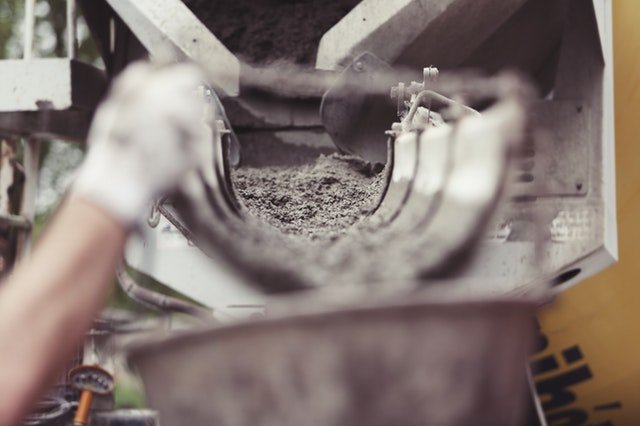Concrete admixture: –
Concrete admixtures are natural or manufactured chemicals or additives added during concrete mixing to enhance specific properties of the fresh or hardened concrete, such as workability, durability, or early and final strength. It is generally are added to the mix immediately before or during mixing.
Most admixtures are supplied in ready-to-use liquid form and are added to the concrete. The effectiveness of an admixture depends on several factors including: type and amount of cement, water content, mixing time, slump, and temperatures of the concrete and air.

Use of Admixtures: –
- Admixtures are generally used to enhance one more properties of the concrete.
- If concrete needs more time for setting then slow setting admixtures will help.
- Producers use admixtures primarily to reduce the cost of concrete construction.
- There are two basic types of admixtures available: chemical & mineral. Admixtures like fly ash, silicate fume, slag comes in the category of mineral admixtures. They are added to concrete to enhance the workability, improve resistance to thermal cracking and alkali–aggregate reaction and to enable reduction in cement content.
- Chemical admixtures are added to concrete in very small amounts mainly for air entrainment, reduction of water or cement content, plasticizing of fresh concrete mixtures or to control the setting time of concrete. These admixtures can be broadly categorized as superplasticizers, accelerators, retarders, water reducers and air entraining admixtures.
- Accelerators are added to reduce the setting time of concrete thus helping early removal of forms and are also used in cold weather concreting. Calcium chloride is the most commonly used accelerator for concreting. The use of calcium chloride in reinforced concrete can promote corrosion activity of steel reinforcement. As people are getting aware so there is a growing interest in using chloride free accelerator.
- Retarders are added to increase the setting time by slowing down the hydration of cement.
